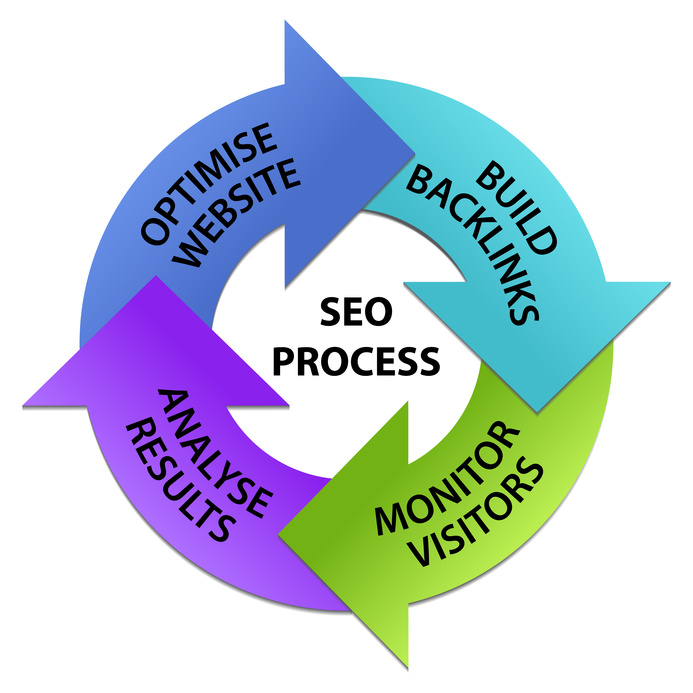
People often ask me what defines a successful website. The answer is that there’s no one thing that makes a website an example to others. In fact, there’s a combination of many elements that go into the mix of a website that is considered best-in-class. Here are just a few:
- The website is well-organized (aka “user friendly”). I cannot stress enough how important this is. A great looking website can be a real disappointment is it’s hard to locate the most important information. Make sure to have clear click paths and indicators that show visitors where they are. Also, prioritize information so the most sought after information is front and center. This will provide a better user experience and make visitors more likely to return.
- The website is optimized globally. Many businesses put thousands into developing beautifully designed websites, only to have them get lost deep in the pages of the search results. Every website needs proper search engine optimization (SEO) to ensure that major search engines understand what the site is about. In turn, the better the rank, the more traffic to the site.
- The website is optimized locally. For small businesses, local website traffic is a must to remain competitive. With many free tools like Google local and maps, it’s more important than ever before to know how local customers are reaching your site – and to make sure that they are receiving the best information about your products, services, location, reviews, and more.
- The website has content that is updated frequently. Websites are more than just a one-time effort. It’s beneficial to both search engines, and more importantly, users, when value-added content is updated. This can be accomplished through a blog, an RSS or social feed, a newsletter or news section, or by updating products and/or projects.
Website Jungle is a provider of web design and development services for clients in NYC and the surrounding areas. Website Jungle provides user interface design, wireframing, website design, website development, SEO, social strategy and website maintenance.  People often ask me what defines a successful website. The answer is that there’s no one thing that makes a website an example to others. In fact, there’s a combination of many elements that go into the mix of a website that is considered best-in-class. Here are just a few:
People often ask me what defines a successful website. The answer is that there’s no one thing that makes a website an example to others. In fact, there’s a combination of many elements that go into the mix of a website that is considered best-in-class. Here are just a few: